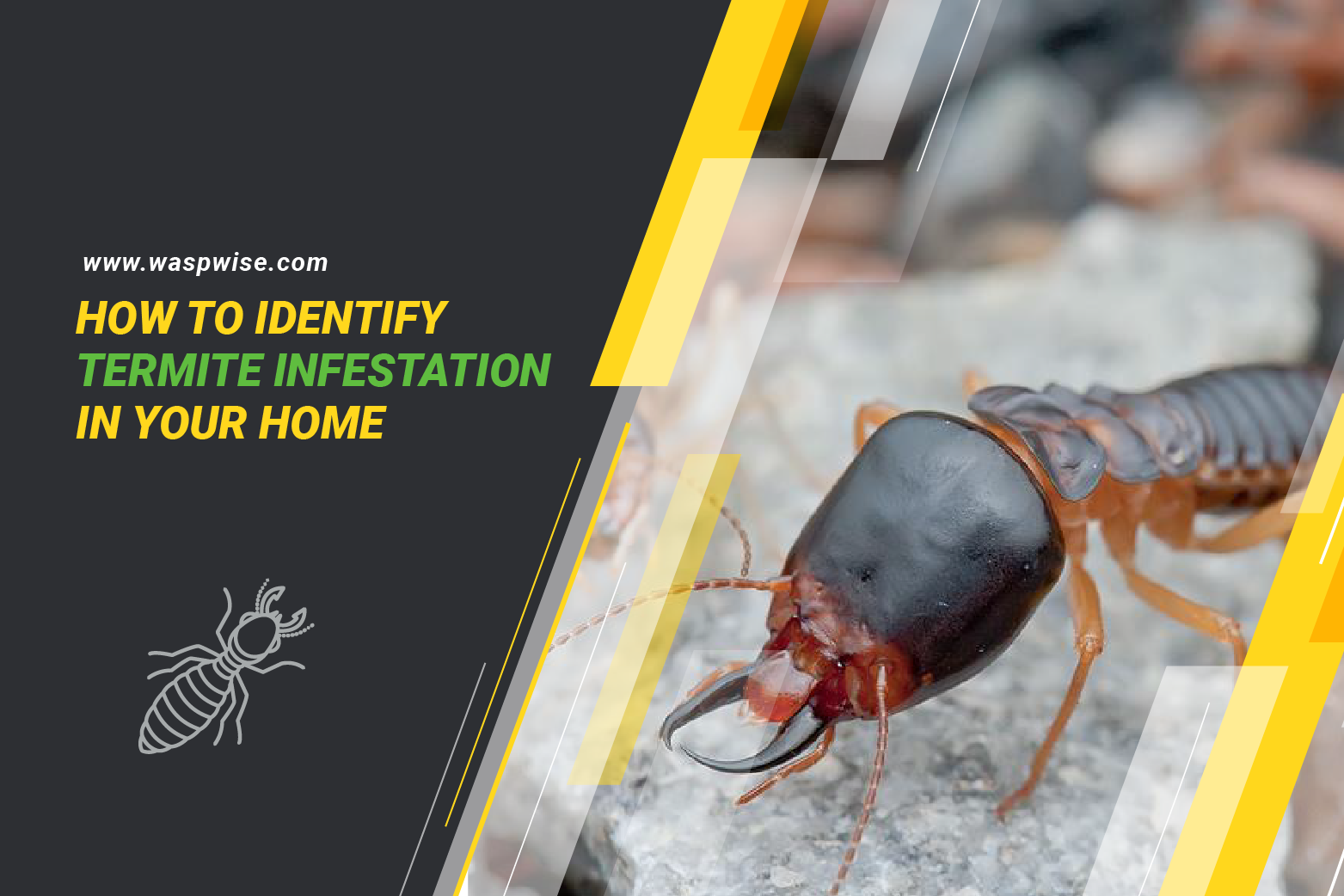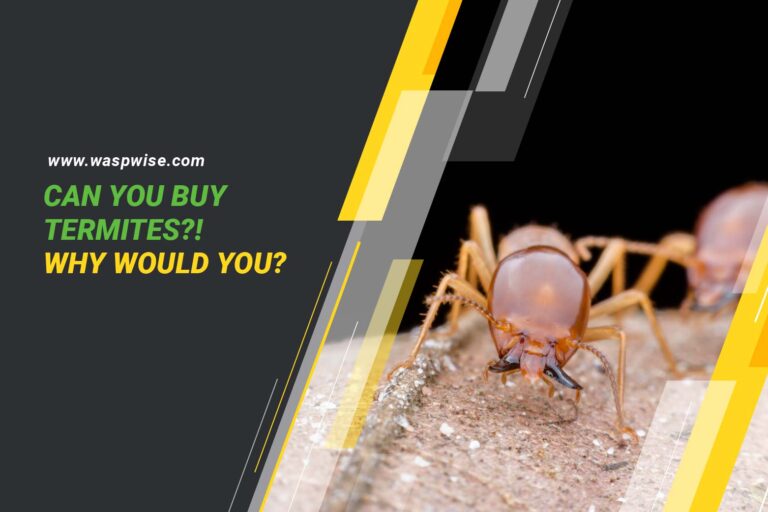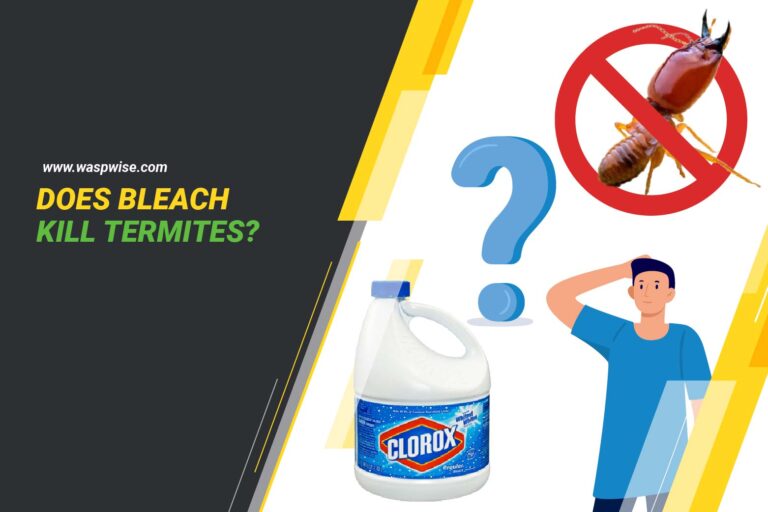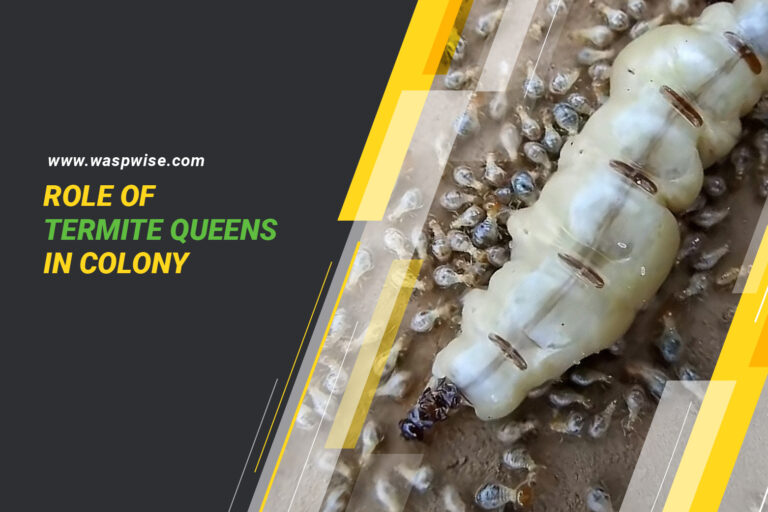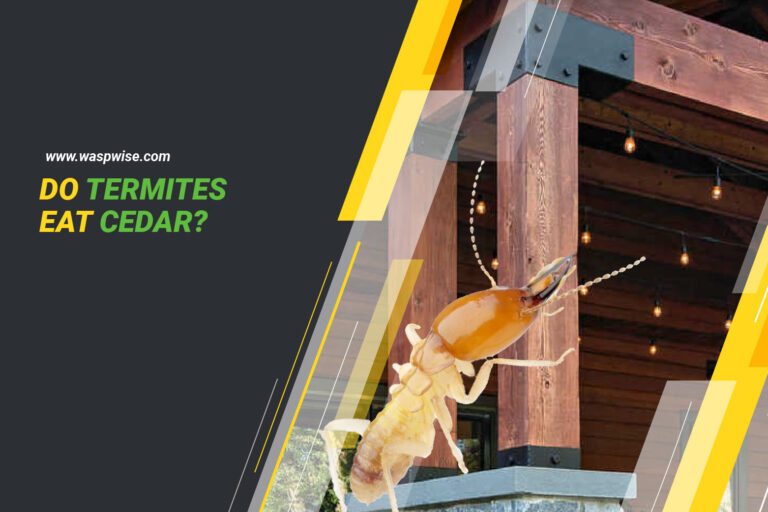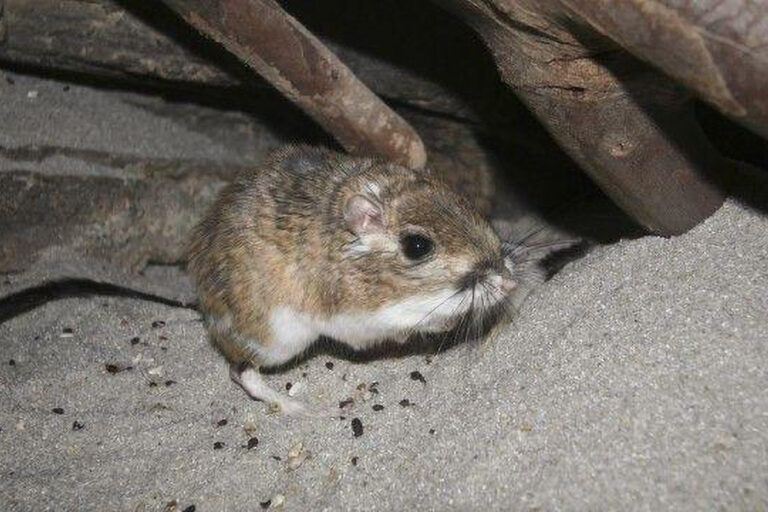HOW TO IDENTIFY TERMITE INFESTATION IN YOUR HOME
Termites are wood-eating insects that can cause extensive damage to homes and other structures. They feed on the cellulose-based material found in wood and can cause significant damage over time. Homeowners should be aware of the signs of a possible infestation so that they can take action as soon as possible. Visual recognition is often the first indication of a termite problem; however, other methods may also help identify an infestation.
Inspection tools, such as thermal imaging cameras, moisture meters, and acoustic detectors, are also useful for identifying termite activity in a home. These instruments allow pest control professionals to detect areas where termites may be present, even if they cannot be seen with the naked eye. This article will provide information on each of these methods for detecting and identifying termites in a home environment.
WHAT ARE TERMITES?
Termites belong to the order Isoptera and are related to ants and some species of bee. Termites feed on wood, paper products, and other materials containing cellulose, including insulation and drywall. Infestations can occur both outside and inside structures.
There are several types of termites. Subterranean termites live in colonies underground and build mud tubes to travel up through walls and foundations in search of food sources. Drywood termites live in dry wood such as attics or furniture; they create galleries inside the wood they inhabit. Formosan termites live both aboveground and partially below ground; they swarm during certain times of the year when temperatures rise above 70 degrees Fahrenheit, usually in late spring or early summer.
SIGNS OF A TERMITE INFESTATION IN HOME
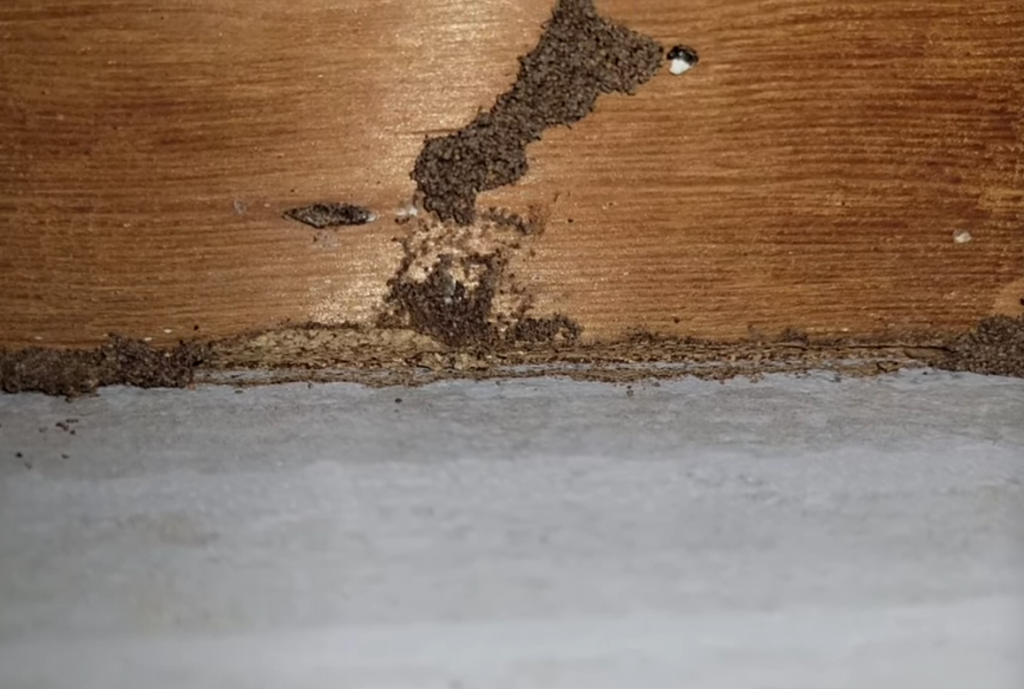
The most obvious sign of termite infestation is termite damage, which can appear in various ways. This may include:
- buckling wood
- hollow-sounding wood when tapped
- sagging floors or ceilings
- small piles of sawdust near wooden surfaces.
Additionally, certain activities may indicate current or past termite activity, such as mud tubes on walls or foundations and wings from winged termites around windowsills or doors and termite droppings. Homeowners should also pay attention to any unusual noises from walls or floors, which could indicate that termites are present.
IDENTIFYING DIFFERENT TERMITE SPECIES
Three of the most common species of termites encountered in the United States are subterranean, drywood, and Formosan termites. Each species of termite requires different methods for identification and treatment.
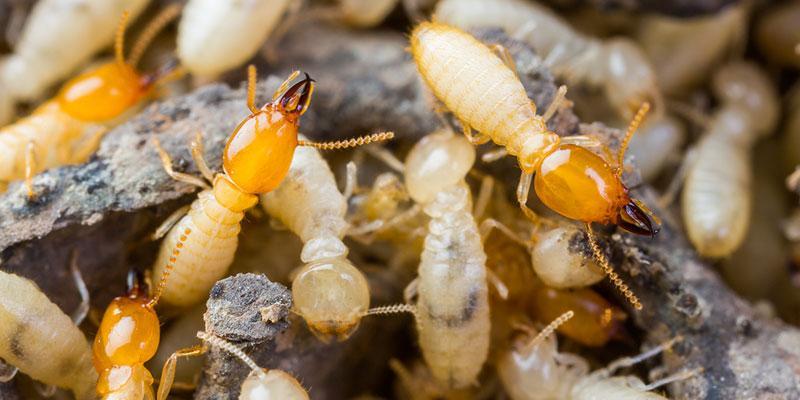
Subterranean termites are typically found living underground and build mud tubes to travel up into buildings or homes. They require moist environments, so they will often be found near sources of water such as plumbing pipes or around damp basements. These termites are easily identified by their pale cream color and small size compared to other types of termites.
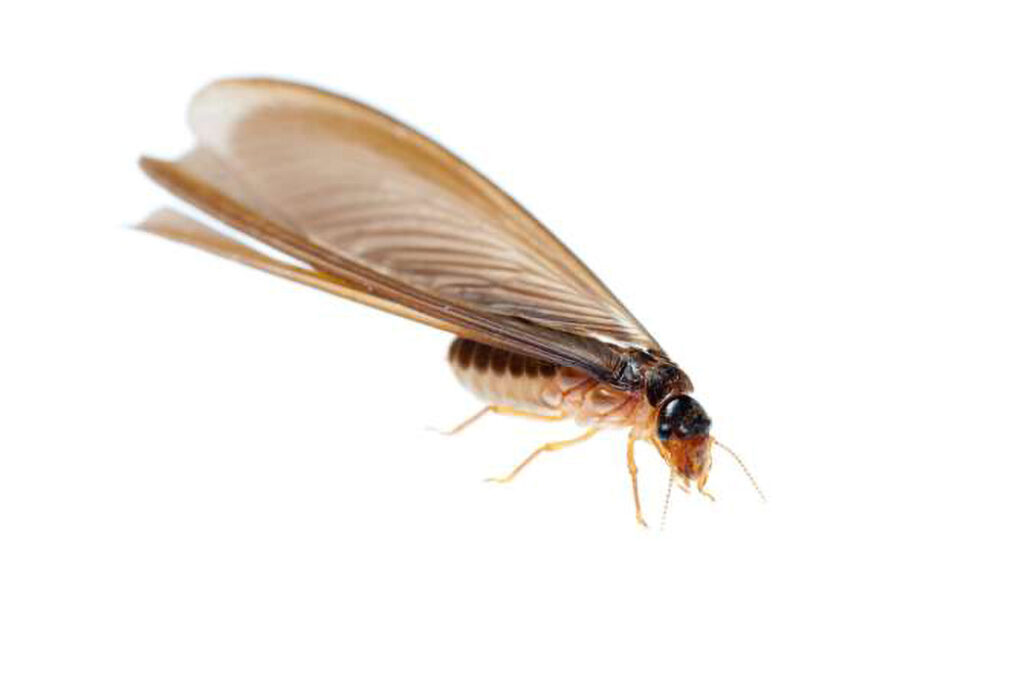
Drywood termites live inside wood rather than underground and create galleries filled with pellets that can often be seen on surfaces where they have been eating away at the wood. Drywood termites are usually darker in color than subterranean termites and leave sawdust-like frass behind them when they feed on wood materials in a home.
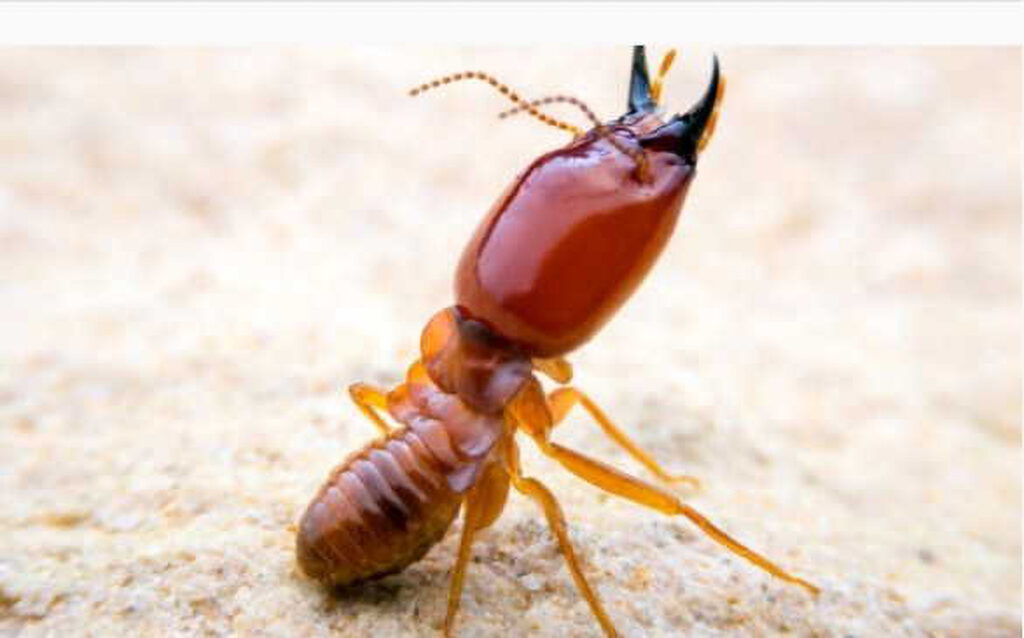
Formosan termites are an invasive species that was introduced to the United States from Asia during the mid-1900s. These highly destructive pests can cause severe damage to structures due to their large colonies, aggressive feeding habits, and ability to quickly spread within buildings through connecting wooden components like floors and walls. Formosan termites can be identified by their yellowish-brown coloring and long bodies compared to other types of native US species of termite.
COMMON TERMITE ENTRY POINTS
Subterranean termites are known to build mud tubes along walls and foundations. These tubes provide protection from predators as they travel between the ground and the structure of a building. Termites also frequently enter through gaps in foundations, around window and door frames, or even through cracks in the mortar between bricks.
Other entry points for termites include openings created by plumbing and electrical lines that pass through exterior walls. These areas should be inspected carefully for signs of activity, such as mud tubes or discarded wings from swarming termites.
In addition to thoroughly inspecting exterior walls, it is recommended that homeowners inspect any wooden components on their property, such as decks, fences, sheds, and trees for signs of infestation or damage caused by termites.
COMMON TERMITE TREATMENT OPTIONS
Each species of termite needs to be treated differently because they have distinct behaviors For example, subterranean termites are known for eating cellulose-based materials like wood, paper, and wallboard, while drywood termites feed on dead wood found inside structures.
Once the species of termite are identified, there are several treatment options available. These treatments vary depending on the type and level of infestation present. For example, Physical or Chemical Barriers may be used to prevent further attacks from subterranean termites by creating a barrier between the soil and wood components in your home. Fumigation is another common option for eliminating subterranean and drywood termites from buildings and homes.
Lastly, Baiting Systems are another popular means for controlling termite populations. This method involves placing bait stations around your home that contain food sources attractive to certain species of termites that will draw them away from their feeding sites. As they consume the bait station material, they bring it back to their colonies, where it slowly kills off the population. If implemented correctly, baiting systems can be an effective way to reduce or eliminate infestations without needing additional treatments or repairs.
BENEFITS OF PROFESSIONAL TERMITE CONTROL SERVICES
Professional termite control services can help identify and remove any existing colonies and prevent future ones from forming. Knowing the signs to look for and the potential damage that termites may cause is key in protecting your home from an infestation.
Professional termite control services can provide the following:
- Comprehensive inspections. A technician will come out and conduct a thorough inspection of your property, looking for warning signs of an existing infestation or potential entry points for future colonies.
- Advanced treatment options. Treatment options may include chemical barriers, baiting systems, and fumigation. These treatments are applied by licensed professionals who understand how to safely apply them to specific areas in order to achieve optimal results.
- Expert prevention advice. Professional technicians can also advise how to prevent future infestations, such as sealing cracks in foundations or removing wood sources near your home.
- Follow-up monitoring. After initial treatments, technicians will follow up with regular inspections to ensure that all colonies have been eliminated and that no new ones are forming.
Professional termite control services can help save time and money by quickly identifying and treating existing colonies as well as preventing future ones. In addition to providing comprehensive inspections, advanced treatment options, expert advice on prevention and follow-up monitoring, professional companies also offer warranties on their services which can give you peace of mind knowing that if any further issues arise, they will be taken care of promptly.
HOW TO PREVENT TERMITES FROM ENTERING YOUR HOME
Check for signs of moisture build-up in areas around your home. Moisture is one of the main attractants for termites, so it’s important to ensure there are no sources of standing water or water leaking into walls or floors.
- Keep woodpiles away from your house. Piles of wood near the foundation provide easy access points for termites and should be kept as far away from your house as possible.
- Repair any broken window screens, doors, and other entry points around your home. If a window screen has holes or a door doesn’t fit properly, then these need to be fixed to prevent any pests from getting inside.
- Inspect areas around plumbing fixtures and vents for evidence of termite activity. Termites love areas with high moisture content, so these need to be checked regularly for signs of damage or swarm activity.
- Prevention is always better than cure when dealing with pests like termites. Taking proactive steps such as inspecting outdoor areas regularly and fixing any problems promptly will go a long way towards keeping termites out of your home and protecting it from further damage over time.
FREQUENTLY ASKED QUESTIONS
What time of year are termites most active?
Termites are active year-round, but swarmers (the winged reproductive termites) typically emerge in the spring and fall.
Can termites cause health problems for me or my family?
While termites themselves do not typically pose a direct threat to human health, their presence can attract other pests that do, such as rodents and cockroaches. Additionally, the structural damage caused by termites can create safety hazards in the home.
Are there any natural or DIY remedies for getting rid of termites?
While some natural and DIY remedies may help deter termites, such as using orange oil or boric acid, these are generally not as effective for eliminating an active termite infestation. Professional treatment is typically required.
CONCLUSION
It is not always easy to spot early warning signs of thermites, but with careful examination of the home and the right tools, it is possible to detect if there is an infestation. Furthermore, professional services can provide additional assistance and preventative measures.
The knowledge gained from this article can help homeowners to protect their homes from potential damage caused by termites. Knowing when and where to look for signs of an infestation can help homeowners take the necessary steps to reduce the risk of a major infestation. Additionally, understanding how different species of termites can affect a home’s structure and contents can assist in making informed decisions about preventive measures as well as contacting a professional exterminator when necessary.

